Seán Beattie
Sixty years ago this September coming (1961), a group of Council workers were working in a quarry set in a dune landscape, 200 yards behind Lagg Presbyterian church. The quarry can still be seen today from the church grounds. Working with shovels, they came across 3 rectangular box-like stone structures covered by a large flagstone. On opening the first, they found a male skeleton lying in a crouched position; a second slab was raised to reveal a female skeleton, while a third uncovered the remains of a new-born child.

The workers had discovered a family cist burial plot. The landowner contacted Etienne Rynne, an archaeologist from Galway University. He carried out measurements etc., and described the graves as cist graves and proceeded to notify both the gardai and the National Museum in Dublin. The burials were dated to 1,500 BC, the Middle Bronze Age, and were thus 3,500 years old.
The Rock Crystal
Inside one of the cists, he found rock crystal. It was common to bury gems with the dead to support their journey to their pagan version of Heaven. Rich Egyptian kings took their valuables with them in the Pyramids but ordinary folk had less to offer. The Qin Dynasty in China took an entire army of thousands of terracotta soldiers. It is still common today to place mementos of the dead in coffins before they leave home.

The Pygmy Cup
Perhaps the most interesting object was the Pygmy Cup, made of baked clay found in many parts of Inishowen. It is amazing to see the art work on the exterior – triangles, circles, hash marks of a symbolic value. It is surprising to think that this level of artistic and technical skill was around 3,500 years ago!
Similar funerary urns have been found in the county. One was discovered at Bocan Stone Circle while three were located in a cist grave at Bredagh Glen and are now on display in the National Museum in Dublin. Thus, we learn of a pagan civilization that was thriving here in distant millennia. The urns or cups carried food as gifts to the gods who managed the affairs of the underworld.
Drung
The townland outside Malin is known as Drung, indicating a place of assembly in ancient times, when war threatened or some natural disaster. So it is significant that the burials took place at this key location.
And the final question: who was this family? Answer – we don’t know. Looking at the location (Drung), the objects found (rock crystal and Pygmy Cup), the nature of the ritual burying (body folded in death), the art and technology on display (ornamentation and baking), Etienne Rynne concluded that it was a family that had come ashore after a long sea voyage seeking refuge in Trabreaga Bay. They found peace for 3,500 years; now they lie in our National Museum in Dublin.
I visited the site recently. The quarry is still open (on private land) and the cuts in the dunes can be seen from the road when driving past. There are no other markings on this site which once revealed so much about our heritage: another great secret on the Wild Atlantic Way, the mysterious religious beliefs, the sheer technical and artistic skills, the presence of ritual, the existence of a druidic cult, and above all, a deep respect for the dead.
Perhaps there is a connection between this pagan culture and our own, as expressed, for example on Graveyard Sunday in Christian terms.


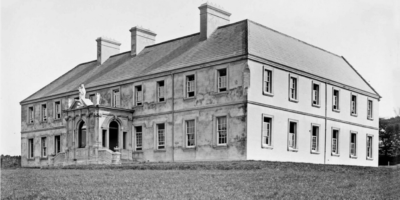

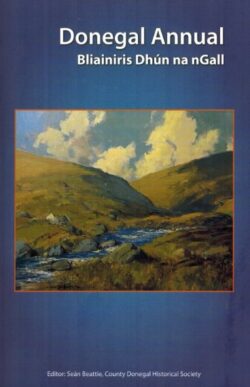
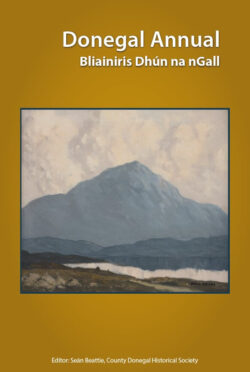
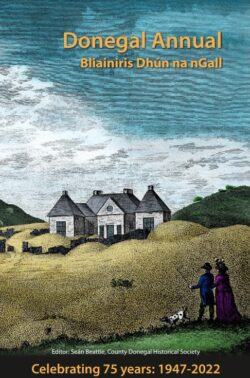
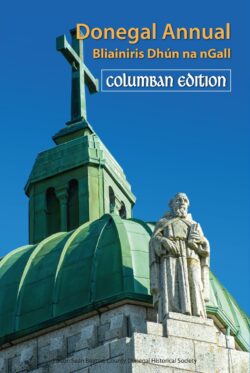
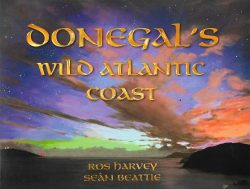
Leave a Reply